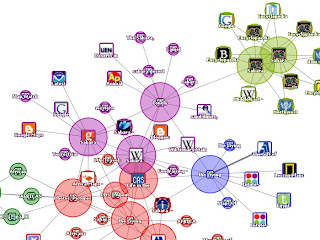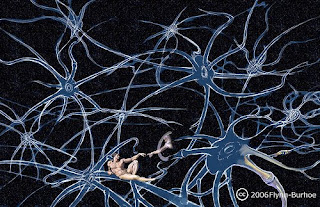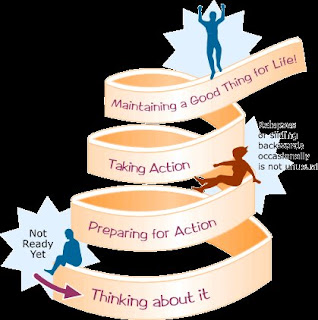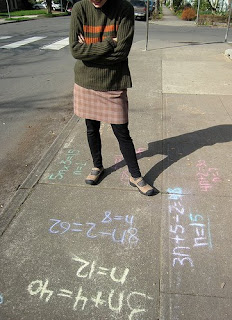
No longer content to surf the tops of the waves of knowledge with our students we have been actively involved in retooling teaching and learning to dig deeper. It is not an easy task, nor is there a one size fits all solution. What I do want to share is some of our recent successes and the tools and teaching that took us there. As we have known all along technology is a tool and not an end and we are just beginning to learn how to choose and use tools to transform common activities into deeper learning experiences. Two tools, which have really affected our teaching and learning, recently are video game simulations and chats.
I have written about our experience with chats as a way to work on group projects on my blog. The gist of our experience was that as the students worked collaboratively with the students in Snow Lake Canada as part of our ThinWall classroom they used IM to plan their projects. The transcripts of these chats, often completed at home. gave us a whole new insight into the students thought processes, much more than one gets walking around a class listening to the groups talking. Because we could see their thought processes we know what skills they need. It is an absolutely incredible moment. Yes, it means we are working hard but the opportunity to give the students the thinking skills, communication skills, planning skills, and talents they will need for ….well for the rest of their lives is an unbeatable experience.
Using video games in class has become another incredible tool for deepening the student thinking and learning. In 6th grade social studies students study ancient civilizations and the formations of cities and societies. In most cases the students read about the various factors that influence the early developments of cities like geography, resources, government, trade etc. They can answer questions for an objective test but they have only "surfed the waves" with most of the information soon forgotten. Like many classrooms, you will sometimes see the students constructing dioramas or models depicting the various places they have studied. But when questioned about the model you find that for the most part there was little real thinking about what they created and it was mostly a fun arts and crafts activity( I remember having students do revolutionary war dioramas and they came in with WWII planes hanging from the top f the shoe box).. However, this year things are different. This year we used looked at several simulations like SimCity, SimSocetiy and finally decided on CivRome, which starts with the early development of city-states as a means to deepen the students understanding about building cities. Suddenly the students were no just reading about the choices others had made but they were planning and making choices. They were divided into teams of four with one student as the geographer, one as the government official, one as a farmer and one as a job specialist based on a web quest on early civilizations. They then moved on to the simulation where they continued work in their teams and dealt with all aspects of early civilizations, where to build, what to build, how to provide food and jobs, where to place roads, how to keep the citizens happy. In just three sessions where they could immediately see the effects of their decisions they had come to a whole new level of understanding. The teacher then had them build models which will soon be up on Voicethread, but this time they had to justify every decision, think through the process and make sure their city was sustainable.. These couple of days of activity was absolutely amazing. It was classroom as studio with students moving from simulation to building and back again. They were adjusting their plans and explaining their decisions and while these students may not remember the name of the early civilizations they have studied but they will understand the various factor that contribute to the development of society and they will understand more deeply the impact of the decisions made by leaders or a government on the people.
So, we are now building a library of simulations. It is one of the tools that works for us in the quest to re-tool teaching and learning to dig deeper but is also part of a whole package of technology tools we now are employing regularly as part of our commitment to do more than "surf the tops of the waves". What is working for you? How are you moving beyond technology or technology sake into new and better ways of learning?
Cross posted to Leader Talk
picture by by mrcthepc
Technorati Tags: IM, Chat, simulations, criticalthinking web2.0 class2.0









 has a home. This is also the category that lead to our new mission statement. (see previous post)
has a home. This is also the category that lead to our new mission statement. (see previous post)


